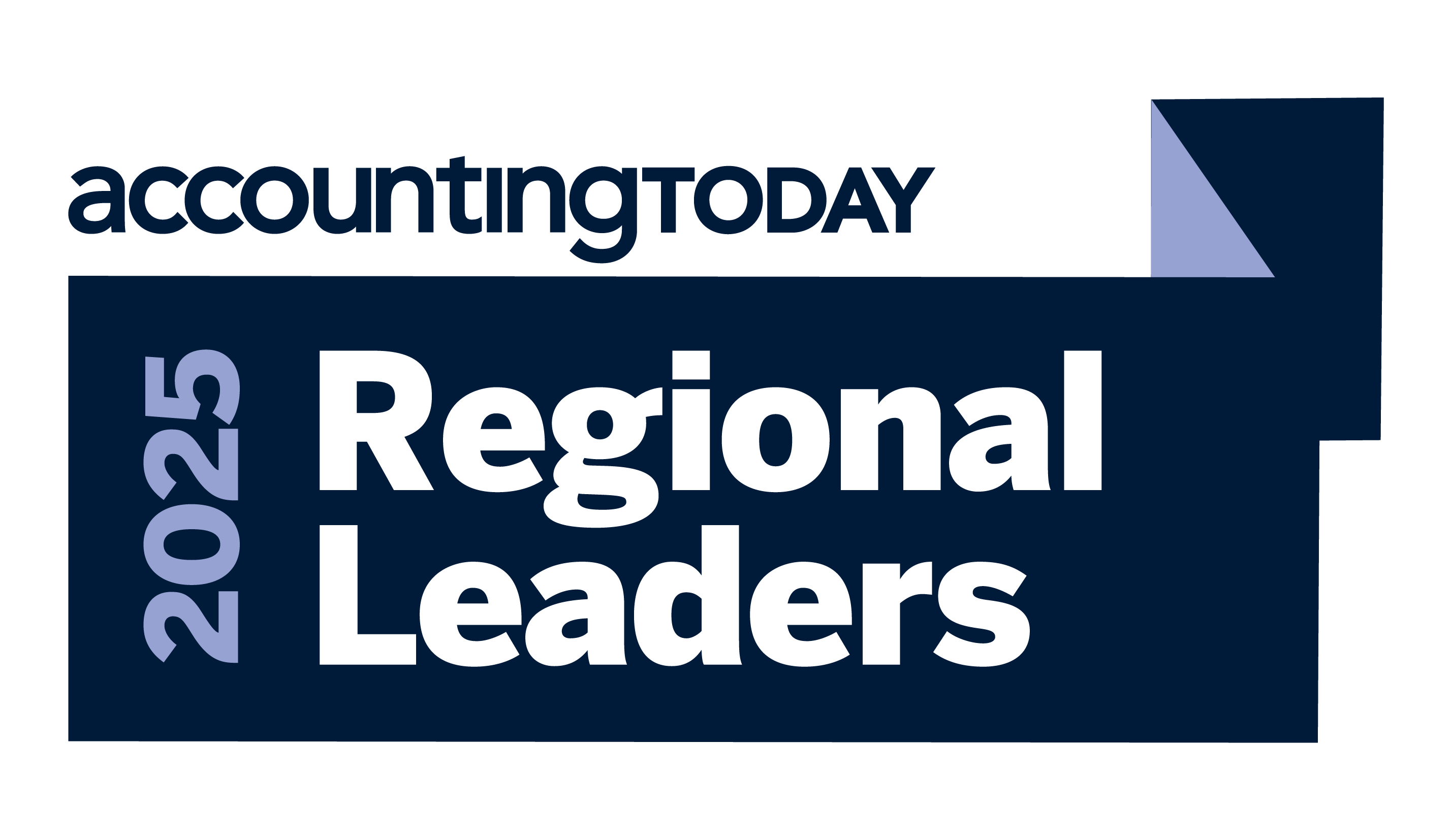Insights
We are proud to be named a West Coast Regional Leader for 2025


Health care private equity eyes tech and other provider-adjacent businesses
ARTICLE | March 27, 2025
Authored by RSM US LLP
We expect overall health care deal volume to remain robust in 2025 and 2026, but the distribution of deals between providers and nonproviders will change meaningfully over time. Slowing demand for provider-based businesses from many private equity sponsors will likely create opportunities for sponsors that remain focused on providers to invest at attractive multiples.
The health care PE capital markets are positioned for realignment and reinvestment. As sponsors, money managers, analysts and other decision makers come to terms with a higher-for-longer rate environment, we will see increased turnover of long-held investments. We also expect to see investment shift away from providers—and the reimbursement risk these businesses represent—toward health care technology and other provider-adjacent businesses.
A primary driver of this shift is the current age of health care PE investments. Typically, PE sponsors seek to hold an investment in a portfolio company for five to seven years. During the heyday of PE dealmaking prior to 2022, many sponsors aimed for a shorter hold period. Currently, many sponsors are struggling to successfully exit—in full or in part—investments they have held for too long. In this context, a successful exit or liquidity event is one at a high enough valuation that provides a sufficient return on capital for the sponsor’s limited partners.
Approximately one-third of all PE-backed health care portfolio companies have been held by their lead sponsor for five years or more, according to PitchBook data analyzed by RSM US LLP. Of those held for five or more years, 13% have been held for seven years or more. Of all PE-backed health care providers—e.g., physician practices, surgery centers, medical spas, etc.—54% have been held by their current sponsors for five or more years.
The chart below summarizes PE health care activity by subsector and tallied by the most recent PE buyout activity. For example, if a multistate oncology practice was last purchased by a PE sponsor in 2017, that acquisition will appear in the 2017 column and be represented in the “services” group.
The 54% of PE-backed health care companies that received their last buyout five or more years ago represent $71 billion of enterprise value. While PE sponsors have various options to provide liquidity to their limited partners, complete buyouts are the typical route. These sponsors are simultaneously trying to raise new funds and need to exit their investments to return capital to their limited partners, many of whom the PE sponsor would like to have as investors in their new funds.
However, it is not generally sufficient for sponsors to simply return capital to limited partners. Those limited partners also expect a return on their investment commensurate with the risk inherent in investing in PE funds with limited liquidity. Providing these returns has been problematic as valuation multiples have declined in response to increased interest rates and general operating challenges.
The chart below shows enterprise value to revenue multiples for recent health care provider transactions. The declining multiples explain why so many portfolio companies have not transacted in a timely manner. The existing sponsors need higher multiples to deliver the high returns their limited partners expect.
Sponsors have been waiting for multiples to increase, but they’re running out of time. In general, sponsors expect multiples to move inversely with interest rates. As interest rates and the cost of capital increase, buyers are unable to pay as much for companies as they otherwise might have, and valuation multiples will fall. However, the Federal Reserve’s rate cut has not led to a similar decline in the cost of financing transactions, or resulted in generally higher multiples. The chart below illustrates how yields at the long end of the curve, e.g., five, 10 and 20 years, have increased—not decreased—since the Fed began cutting rates. These yields are critical because they inform the cost of debt used by PE sponsors to execute buyouts.
As sponsors and their limited partners internalize the regime change of higher rates and lower valuation multiples, we will likely see significant turnover of assets. Despite this, we expect PE will remain an attractive asset class for investors, and the general partners running PE firms will remain interested in health care. According to Bloomberg data analyzed by RSM, U.S.-focused health care buyout funds have $250 billion in dry powder and aim to raise an additional $140 billion in new funds over the next few years.
However, we expect many sponsors will focus on health technology or other supporting businesses rather than invest directly in providers. The health care provider operating environment continues to grow more challenging, and many sponsors do not want to accept that risk. Instead, we expect they will invest in the companies that will help providers navigate those challenges. The democratization of AI technology throughout the global economy and into health care in the U.S. will present additional opportunities for these sponsors to capitalize on the positive secular trends in the industry without assuming reimbursement risk.
The takeaway
As the capital markets environment changes, we expect PE sponsors to reevaluate their approach to investing in health care. Based on data and our conversations with leading sponsors, many will remain dedicated to the sector due to its demographic tailwinds, but will pivot away from health care provider businesses that accept direct reimbursement risk.
As demand for provider-based business slows from many PE sponsors, those that remain focused on providers may find opportunities to invest at attractive multiples. We expect overall health care deal volume to remain robust into 2026—however, the distribution of deals between providers and nonproviders will change meaningfully over time.
CONSULTING INSIGHT: Asset and business valuation
As opportunities for mergers and acquisitions emerge and transaction structures become more complicated, accurate asset valuation is more critical than ever. RSM’s asset and business valuation services deliver the experience and resources to meet your needs for accurate, transparent reporting. Learn more about how to address the challenges you face in today’s competitive climate.
Let’s Talk!
You can call us at +1 213.873.1700, email us at solutions@vasquezcpa.com or fill out the form below and we’ll contact you to discuss your specific situation.
Required fields are marked with an asterisk (*)
This article was written by Matt Wolf and originally appeared on 2025-03-27. Reprinted with permission from RSM US LLP.
© 2024 RSM US LLP. All rights reserved. https://rsmus.com/insights/industries/health-care/health-care-private-equity-eyes-tech-and-other-provider-adjacent-businesses.html
RSM US LLP is a limited liability partnership and the U.S. member firm of RSM International, a global network of independent assurance, tax and consulting firms. The member firms of RSM International collaborate to provide services to global clients, but are separate and distinct legal entities that cannot obligate each other. Each member firm is responsible only for its own acts and omissions, and not those of any other party. Visit rsmus.com/about for more information regarding RSM US LLP and RSM International.

Vasquez + Company LLP has over 55 years of experience performing audit, tax, accounting, and consulting services for nonprofit organizations, governmental entities, and private companies. We are ranked among the top 1% of accounting firms by the AICPA and deliver tailored solutions that meet the unique needs of each client.
For more information on how Vasquez can assist you, please email solutions@vasquezcpa.com or call +1.213.873.1700.
Subscribe to receive important updates from our Insights and Resources.